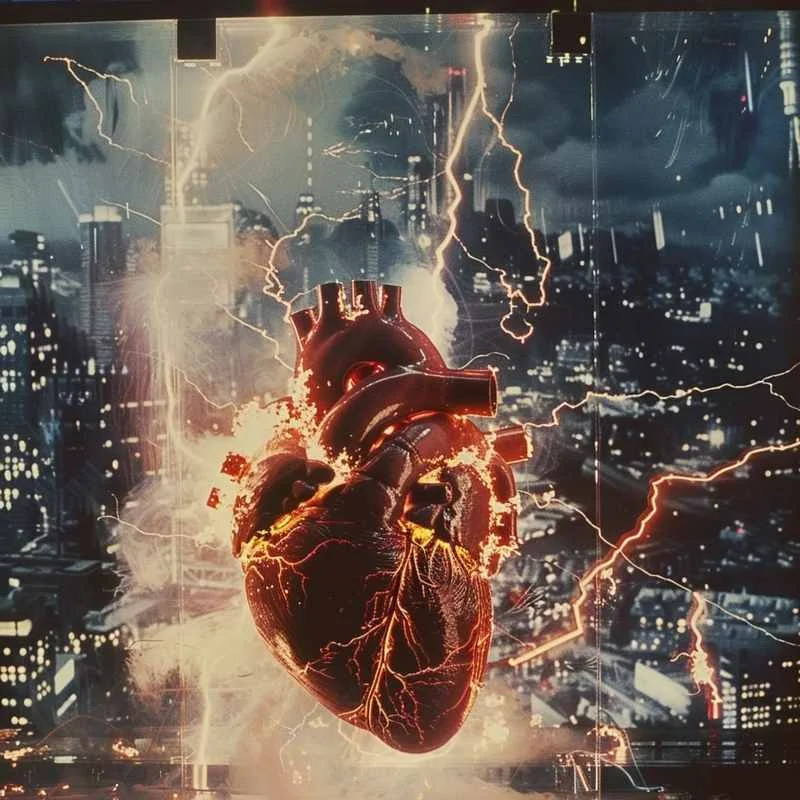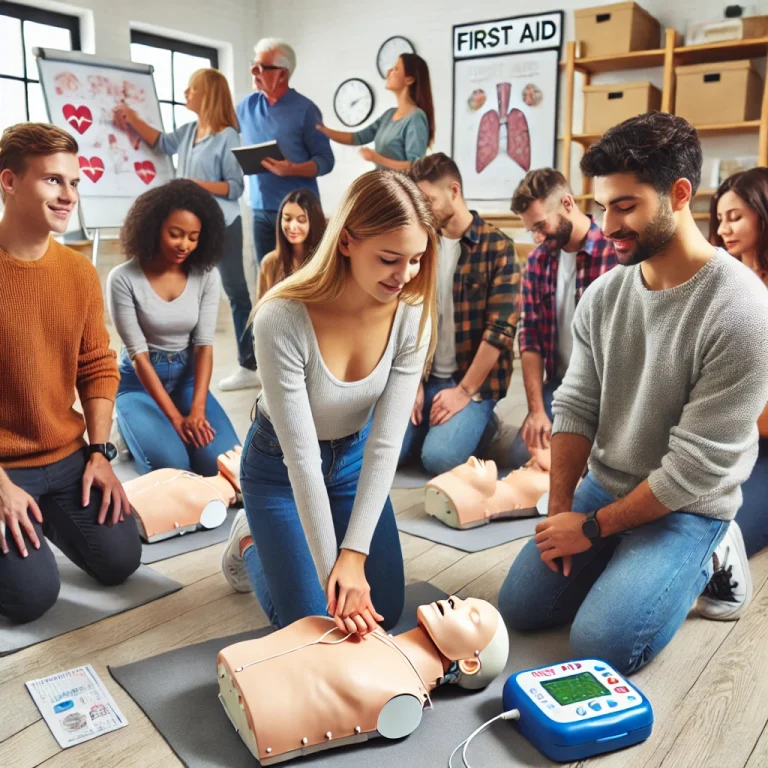Can Using a Defibrillator Actually Damage Your Heart?

We’ve all seen those intense emergency scenes on TV – someone’s heart stops, and you hear the crack of a defibrillator and see the body jump. (This scene from ER is dreadful) It makes you wonder – can using an automated external defibrillator (AED) in a workplace or home setting actually hurt or damage the heart?
The straightforward answer is no, defibrillation is extremely unlikely to harm the heart when done on someone experiencing sudden cardiac arrest. In fact, it provides the best chance of restarting the heart before it’s too late. Let’s look at why having AEDs available and using them quickly is so crucial, not something to be afraid of.
Why AEDs Save Lives
If someone goes into sudden cardiac arrest, it means their heart has stopped effectively pumping blood. This cuts off vital oxygen flow to the brain and other organs. CPR alone can’t restart the heart – an electric shock from a defibrillator is the only way to try restoring a normal heart rhythm.
Every minute that passes without defibrillation decreases the chance of survival by around 10%. After just 10 minutes, very few people get revived successfully. That’s why having AEDs properly installed in workplaces, apartment buildings, and the home is so important.
Minimal Risks When Used As Intended
While shocking the heart may sound scary, AEDs are designed specifically to deliver a momentary electrical pulse to reset it, not cause injury. If these heart problems are not addressed they are imminently fatal if untreated.
On rare occasions, a person who has been defibrillated could have the following side effects
- Possible muscle contractions and soreness from the shock
- Can cause some cell damage and induce stress
- On occasion defibrillation can induce heartbeat irregularities.
But these are very rare occurrences. They do not matter. The alternative is death.
So these side effects don’t matter. They are minor, rare and it’s way better to be alive!
The Benefits Far Surpass the Risks
For anyone whose heart has stopped beating normally, defibrillation from an AED provides the only real way to potentially restart it. Decades of data and research show the lifesaving benefits vastly outweigh the minimal risks.
Don’t let TV give you the wrong idea – AED shocks aren’t that intense. They don’t permanently damage the heart The calculated electrical pulse is designed to be a safe way to reset the heart rhythm before it’s too late.
The evidence is overwhelmingly clear – attempting defibrillation with an AED on someone in sudden cardiac arrest is extremely safe and provides their only real chance at survival. Any small potential risks are far outweighed by the opportunity to save a life.
We’d love for you to read more about how defibrillators work.
And if you’d like to find which defibrillator is best for you. Check out our defibrillator selector tool





